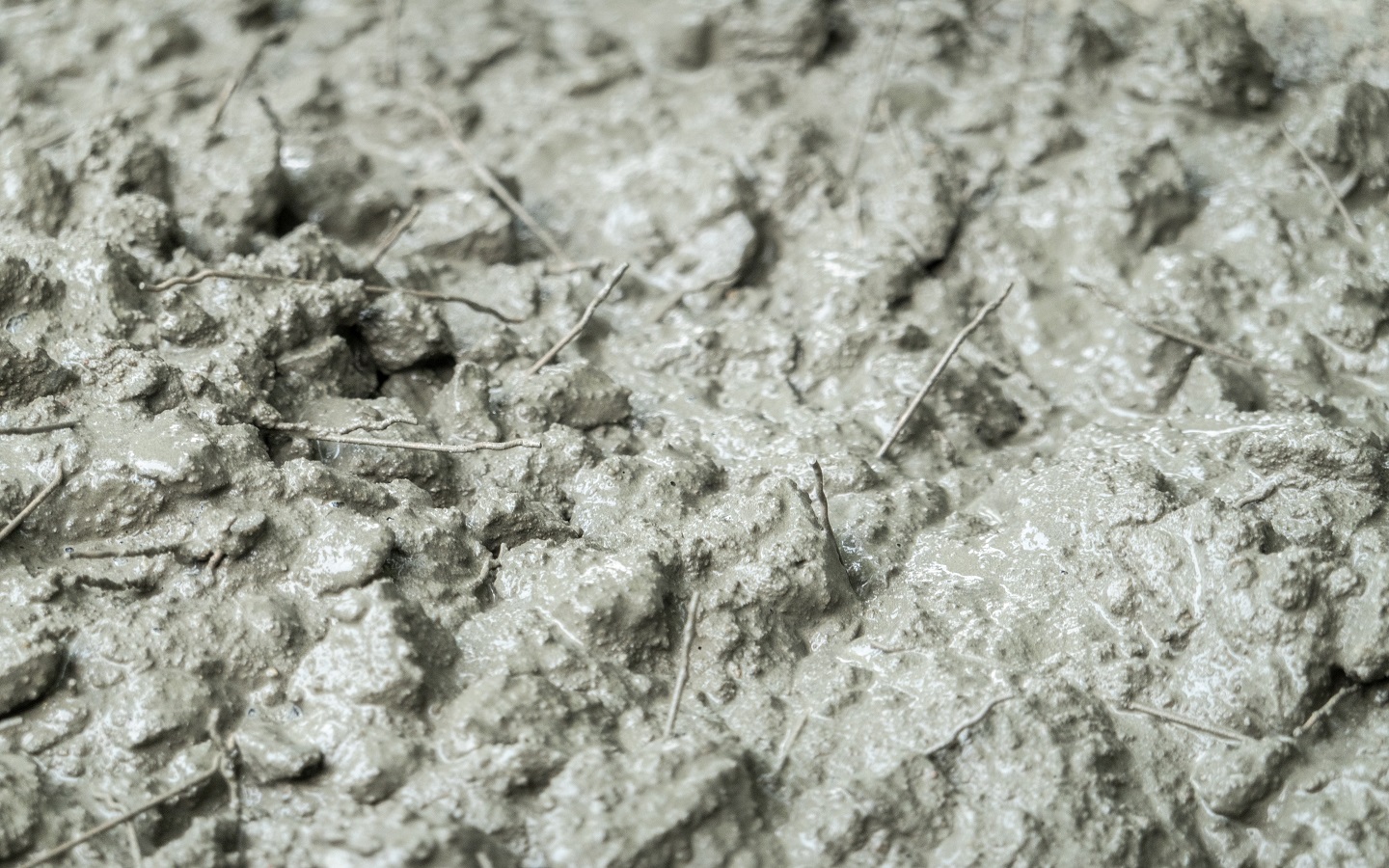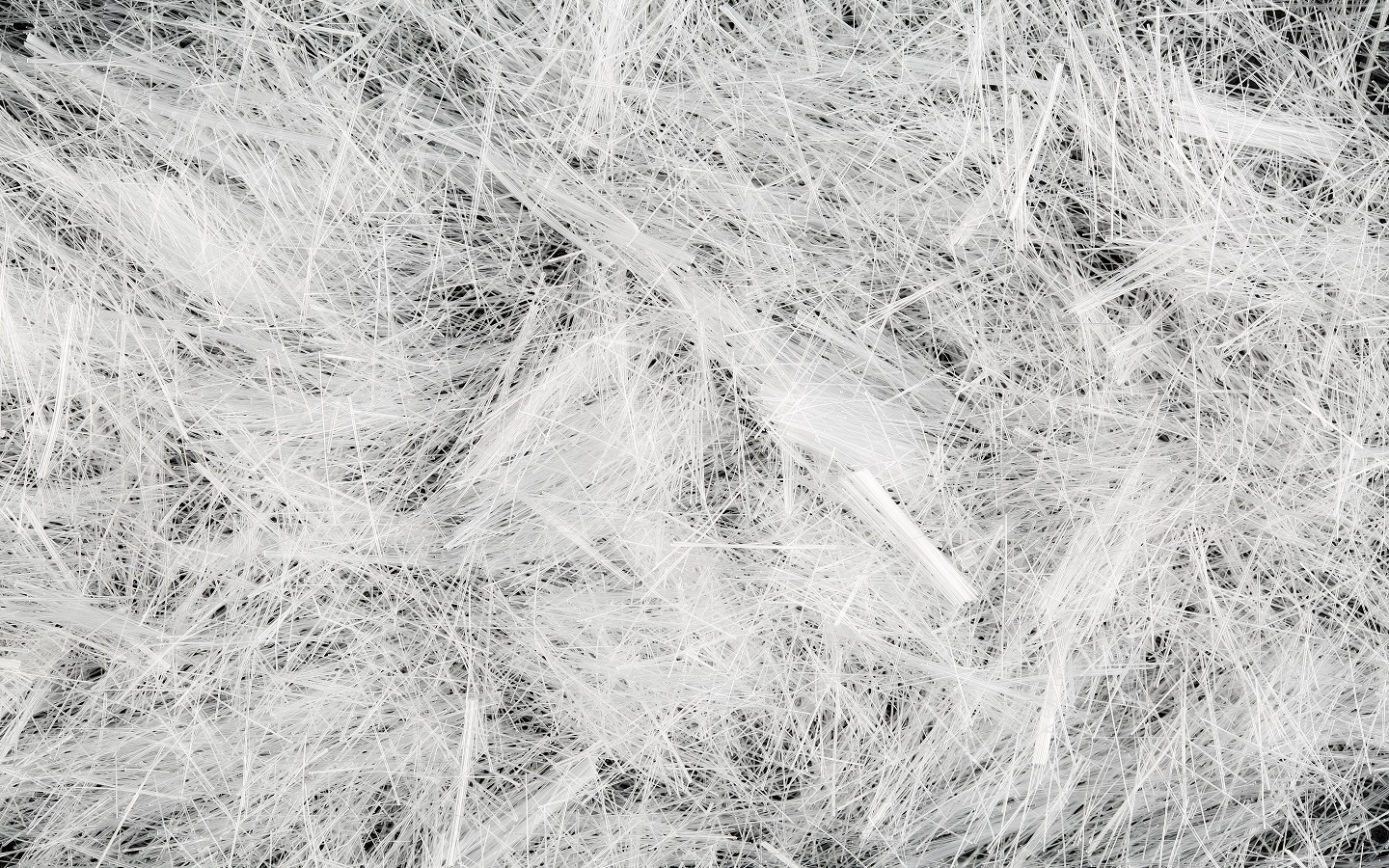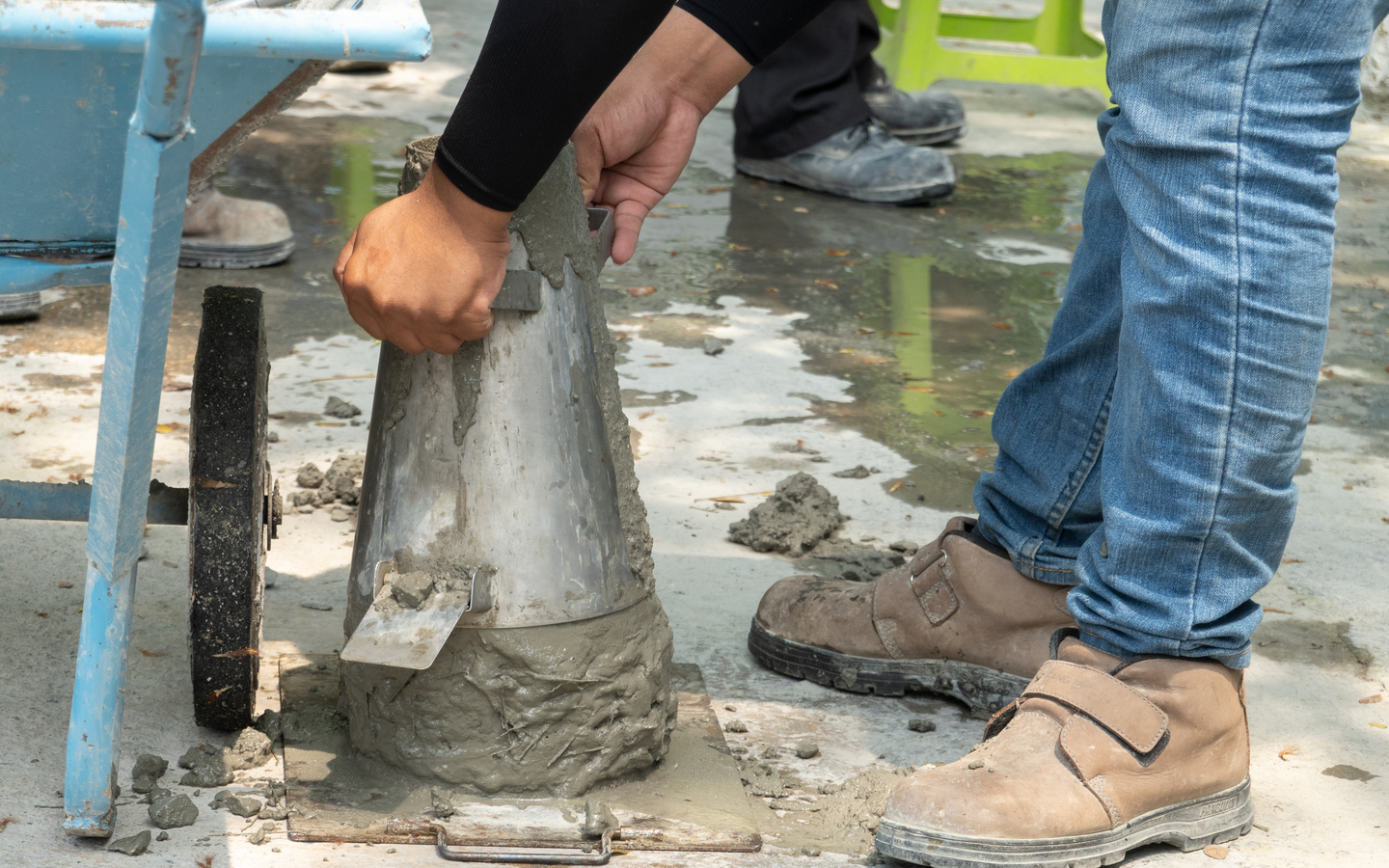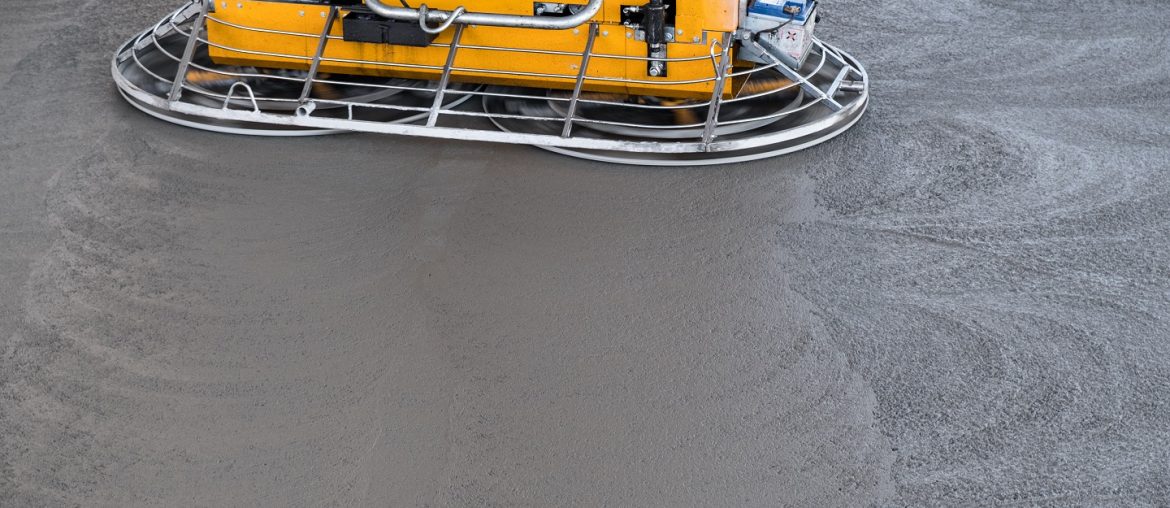Cement is one of the most essential construction materials. Together with other construction materials, reinforced cement concrete ensures the structural integrity needed to hold a structure together. A fiber reinforced concrete (FRC) composite is made differently from a conventional concrete composite. Along with cement and aggregate, discontinuous and discrete fibers are uniformly dispersed to make the composite more robust. Along with increasing the ductility and tensile strength, some FRC also reduces the permeability of the concrete which unlocks a whole new set of features and benefits. In the following sections, we will discuss the types and benefits of using fiber reinforced concrete.

Benefits of using fiber reinforced concrete
- Compared to conventional conterete, fiber reinforced concrete is more effective in preventing cracks from happening
- It increases the tensile strength and ductility of a structure.
- Macro-synthetic fibers are used in industrial projects where rigidity is the main concern. Because these fibers are long and think in size which improves the durability of the structure.
- It also improves the freeze-thaw resistance and keeps the concrete strong and attractive.
- In some cases, it minimizes the need for using steel reinforcement

Types of fiber reinforced concrete
Types of FRC depend on the types of fibers themselves that are approved for reinforcing the concrete. However, there are certain aspects that impact fiber reinforcement including cement and water ratio, amount of fibers and their density, diameter and length of the fibers.
Steel fiber Reinforcement
Steel fiber is a metal reinforcement. A qualitative change occurs when a certain ratio of steel fiber is found in a certain amount of concrete. In effect it increases the durability, strength, tenacity of the concrete, prevents cracks from happening and increases resistance to fatigue. Steel fiber reinforced concrete is used in mining, precast structures, tunnel, bridge, flyovers, and so on. Steel fibers are defined by ASTM A820 standard specification and there are quite a few that meet the standard including cold-drawn wire, cut sheet, melt-extracted, mill cut, and modified cold-drawn wire.
Polypropylene Fiber Reinforcement (PFR)
Polypropylene fiber reinforced concrete is also known as polypropylene or pp. It is a synthetic fiber that transforms from propylene and is used in various types of projects. It is mainly used to prevent plastic contraction in concrete structures. Put simply, during the solidification process when the concrete starts to dry and water starts vaporizing, the concrete contracts and becomes smaller in size. Polypropylene belongs to the polyolefin group and is partially crystalline and non-polar. This fiber is akin to polyethylene but stronger and more resistant to heat and chemicals.

Glass fiber Reinforcement
Glass fiber reinforced concrete is a composite material formed with umpteen extremely fine glass fibers. It has similarities with carbon fiber and polymer. Although not as strong, glass fiber reinforced concrete is comparatively cheaper and gets the job done by making the concrete composite less fragile. It is also very light compared to other reinforced concrete and is better at resisting heat.
Polyester fiber Reinforcement
Polyester fiber reinforced concrete is used in precast structures, footpaths, warehouses or other industrial purposes. Macro and micro polyester fibers are used in this reinforced concrete composite. They are used to prevent plastic contraction and cracks in concrete as a result they improve the durability and structural integrity of the structure.
Carbon fiber Reinforcement
Carbon fiber reinforced concrete is the strongest type of reinforced concrete. Carbon fibers used in the concrete are 5-10 micrometers in diameter and share a strong atomic bond. When reinforced with concrete they create a new compound composite which is great at resisting heat. Apart from that, there are several advantages of carbon fiber reinforced concrete including high tensile strength, low weight, high ductility, and high strength-to-weight ratio. They can be composited with other materials such as graphite to increase their heat tolerance.
Usage of fiber reinforced concrete is not a common practice in our country but considering all the benefits and convenience, it can help solve many issues related to construction integrity that are persistently common in our country.




